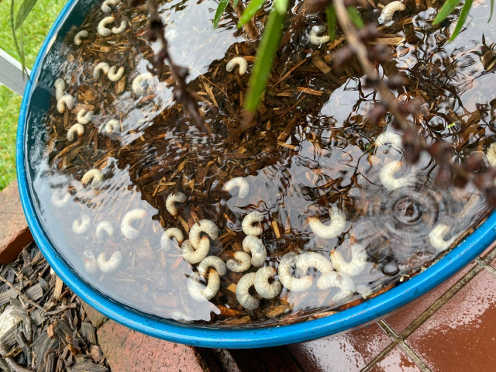The act of classification can be defined as ‘the grouping of individuals so that all the individuals in one group have certain features or properties in common’.
Classifications should have predictive value, that is, they should tell us something about the object being named and its features. Take, for example, New South Wales's floral emblem, the Waratah. It is classified scientifically as follows:
Kingdom: Plantae
Division: Magnoliophyta
Order: Proteales
Family: Proteaceae
Subfamily: Grevilleoideae
Genus: Telopea
Species: speciosissima
Each level in this inclusive classification gives us more information about the Waratah so that we build up a mental picture of its features:
- Plantae: tells us that this is a green plant, not an animal or bacterium
- Magnoliophyta: that this is a plant with cotyledons, real flowers and seeds
- Proteales: that it has, for example, 4 perianth segments in each flower
- Proteaceae: that it has a unique flower structure with 3 of the perianth segments fused and 1 free
- Grevilleoideae: that its flowers occur in pairs
- Telopea: that it has large pinkish red bracts surrounding the head-like flowerhead.
'Telopea', by the way, comes from the Greek word telopos, meaning 'seen from afar' because of the conspicuous reddish flowerheads of the Waratah. The other part of its name 'speciosissima' also refers to its flowerheads (the most spectular flowerheads of all the species of Telopea), coming from the Latin adjective speciosus meaning 'showy' or 'splendid'.


